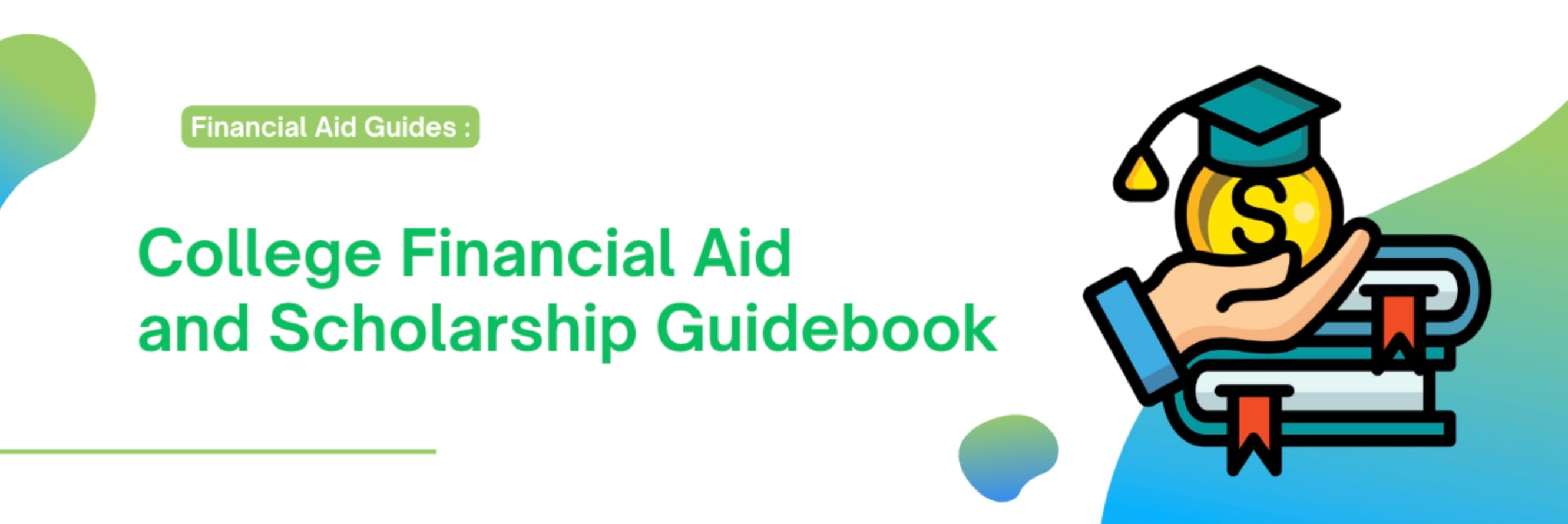- Published on
College Financial Aid and Scholarship Guidebook
- Authors

- Name
- Zilin “Lamia” Ye
- @CollegeBot_AI

According to the Pew Research Center, Americans owe about $1.6 trillion in student loans, as of June 2024 a tremendous 42% increase from a decade ago. With the cost of college continuing to rise, understanding financial aid and scholarships has never been more critical. This guidebook will help you navigate college funding and guide you to make your educational dreams come true.

Need-Based vs. Merit-Based Aid
- Need-based aid is determined by your family's financial need
- Merit-based aid is awarded for academic, athletic, or artistic talent
Grants: Free Money for College
Grants are financial gifts that don't need to be repaid. Primary federal grant programs include:
- Pell Grants: Awarded to undergraduate students who have financial need
- Federal Supplemental Educational Opportunity Grants (FSEOG): Awarded to students with an exceptional financial need
Scholarships: Rewards for Your Achievements
Like grants, scholarships don't have to be repaid. They're funded by such sources as nonprofits, corporations and colleges themselves.
Work-Study: Earn While You Learn
The Federal Work-Study Program allows you to earn money for college through part-time jobs, typically on campus.
Loans: Borrowed Money for Education
- Federal student loans: Come with fixed interest rates and multiple repayment options
- Private loans: Sometimes require a co-signer; usually higher interest rates

The FAFSA: Your Gateway to Financial Aid
The Free Application for Federal Student Aid (FAFSA) is essential for accessing most types of financial aid. Remember, the FAFSA determines your Student Aid Index (SAI), which is used to calculate your eligibility for need-based aid. Here's how to tackle it:
- Gather required documents: Tax returns, Social Security numbers, and financial records
- Create an FSA ID at studentaid.gov
- Fill out the FAFSA form, answering all questions accurately
- Submit your FAFSA as early as possible – ideally right after it opens in December
Finding and Applying for Scholarships
Billions of dollars in scholarships are available each year. Here's how to find them:
- Talk to your school counselor about local opportunities
- Use online scholarship search engines
- Check with colleges you're applying to about institutional scholarships
- Search for scholarships for which you might be uniquely qualified: ethnicity, major, hobbies, etc
Tips for strong applications:
- Tailor each application to the specific scholarship
- Proofread carefully to avoid errors
- Don't be afraid to ask for help from teachers or family members
- Focus on telling your unique story
- Research the scholarship providers
How to Make the Most of Your Financial Aid Award
When you receive your financial aid award letters:
- Carefully compare offers from different schools
- Understand the difference between grants, loans, and work-study
- Accept or decline each component of the offer
- Consider appealing if your financial situation has changed
CollegeBot.ai: Your 24/7 Financial Aid Companion
Navigating financial aid can be overwhelming, but CollegeBot.ai is here to help. Our platform offers:
- Personalized scholarship matching
- FAFSA completion assistance
- Financial aid calculators
- AI-powered advising on financial aid strategies Don't let college costs hold you back. Take charge of your financial aid with CollegeBot.ai today!
Source: Pew Research Center, FSA